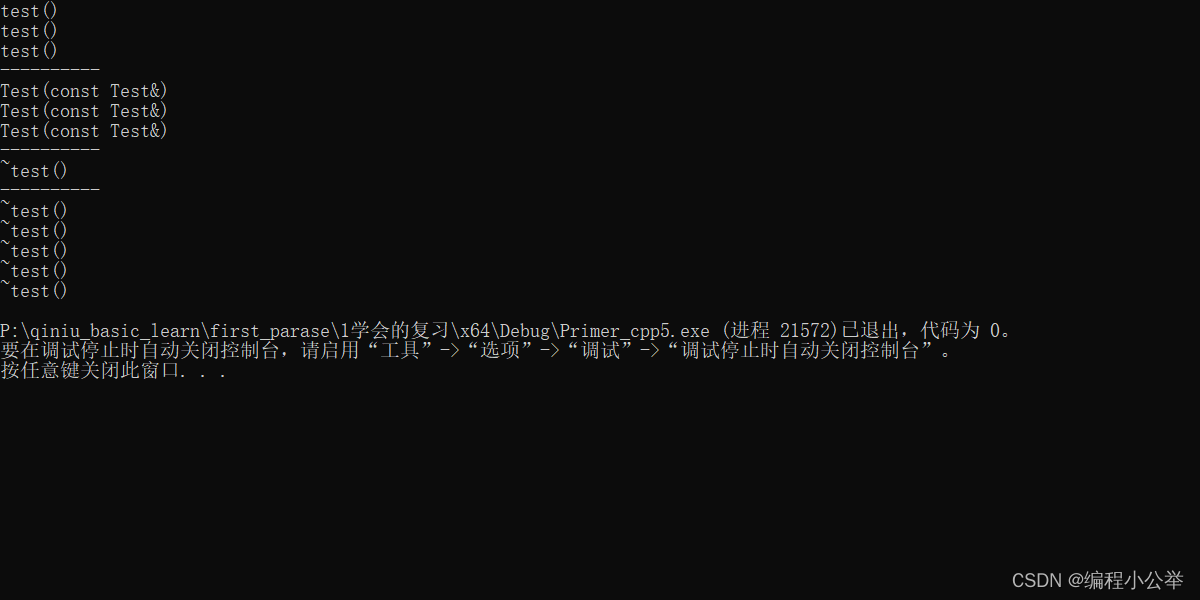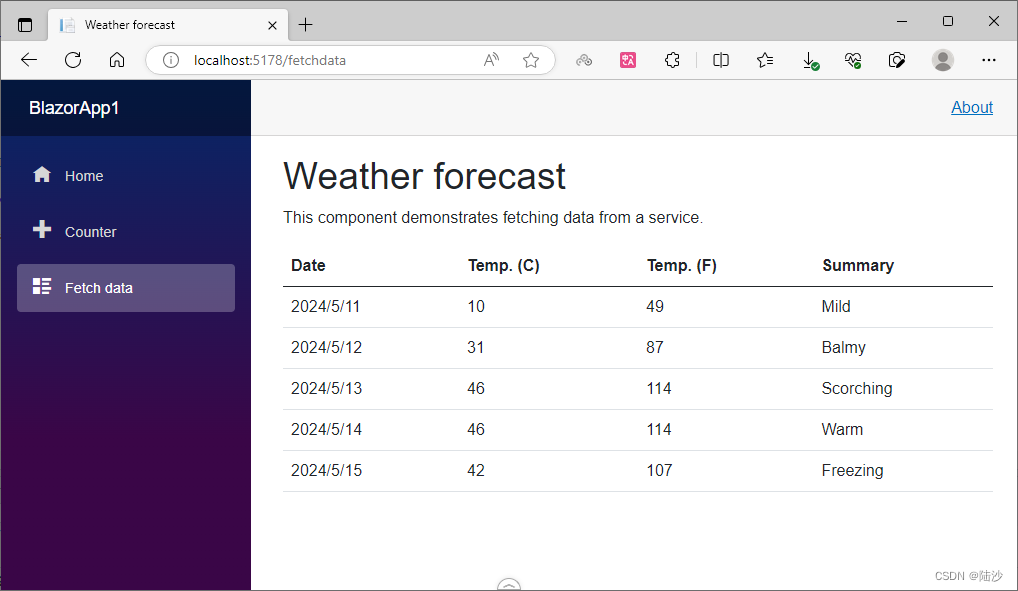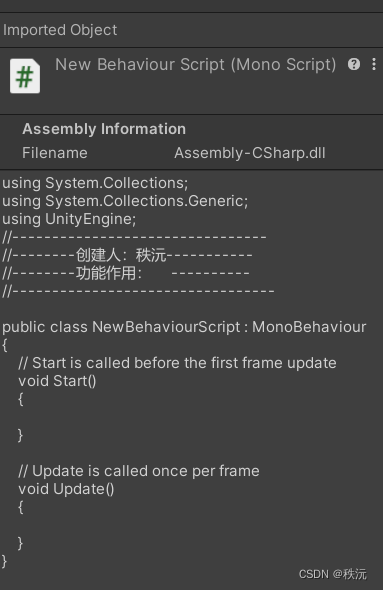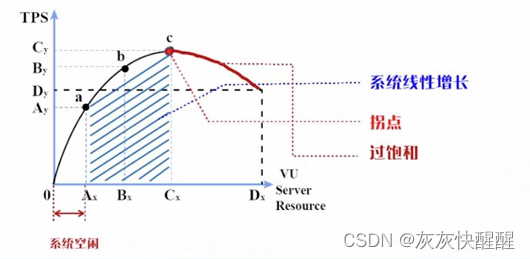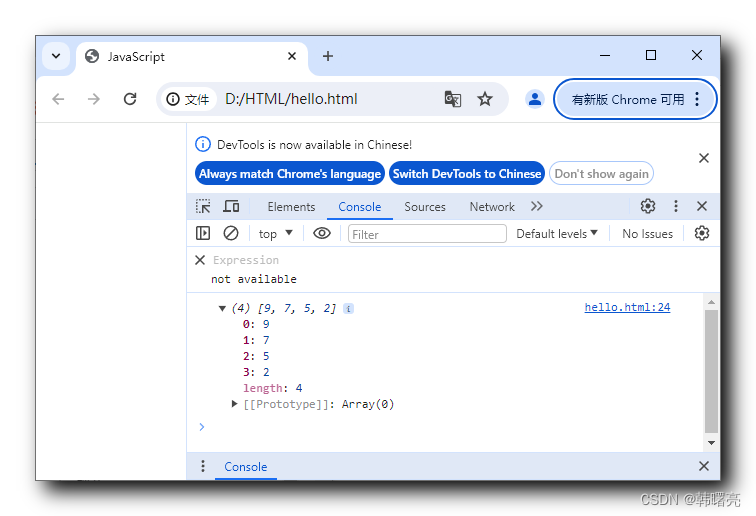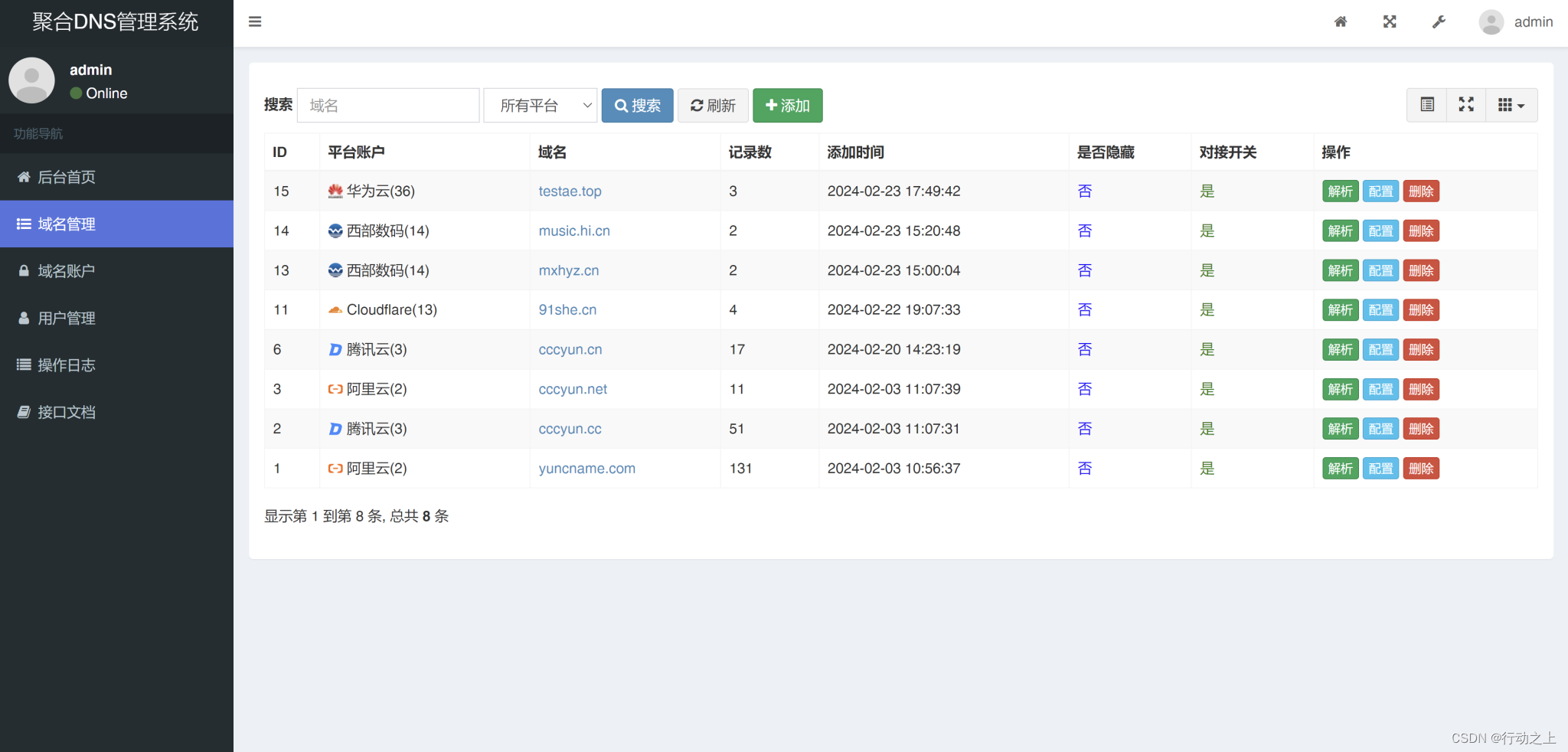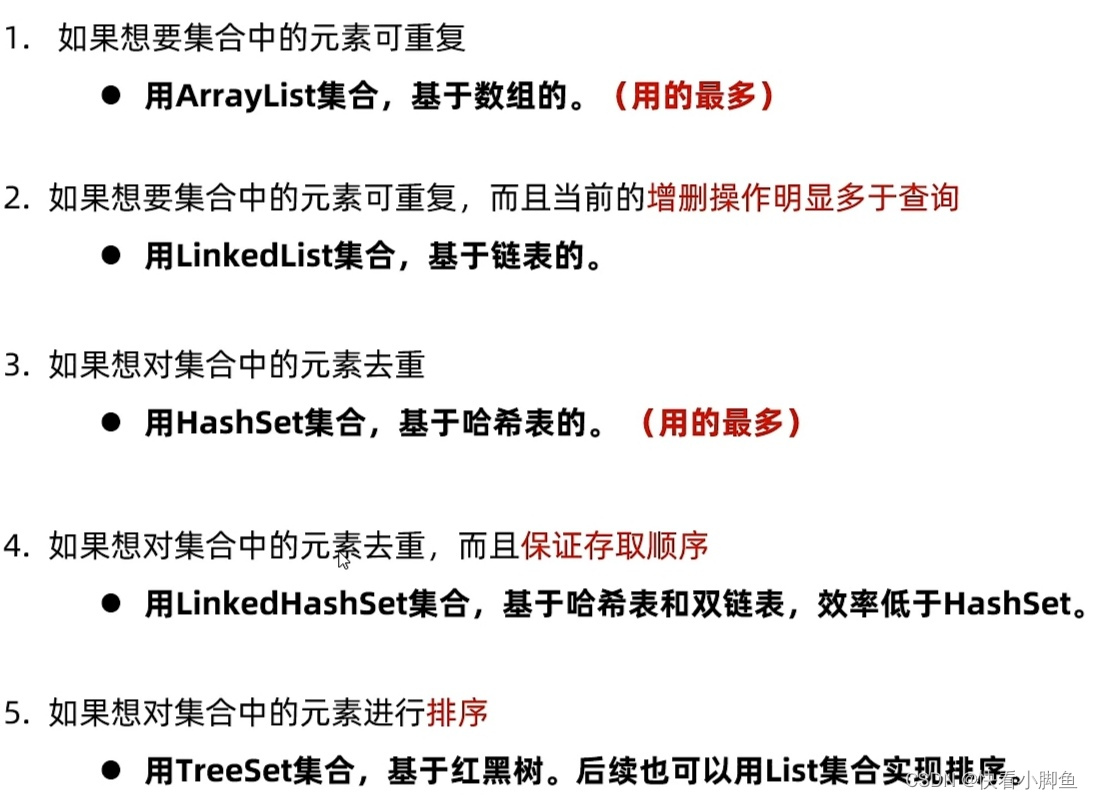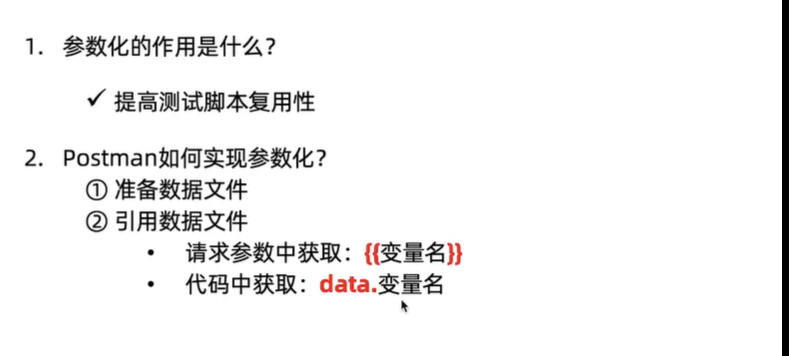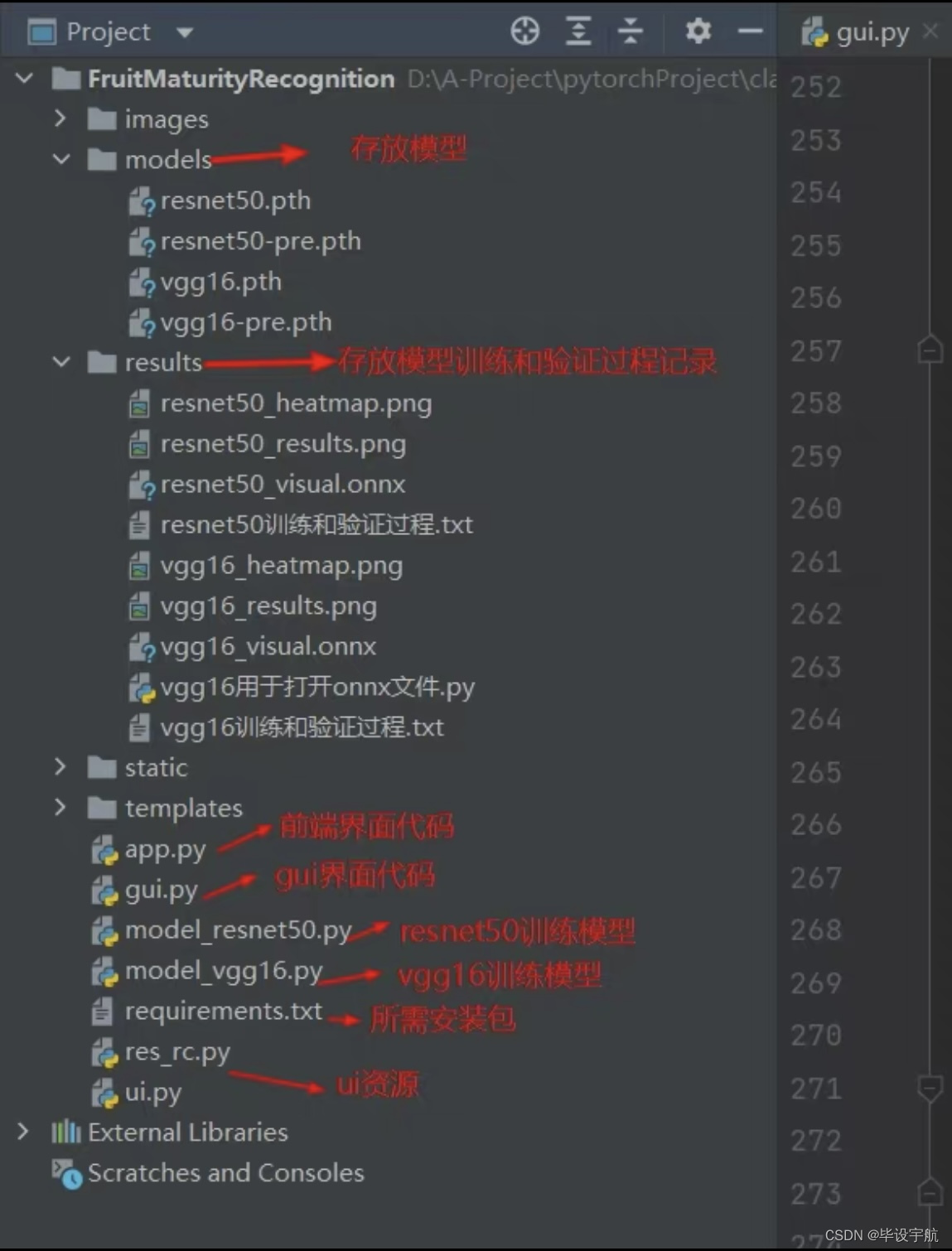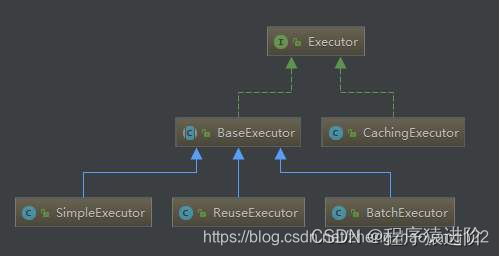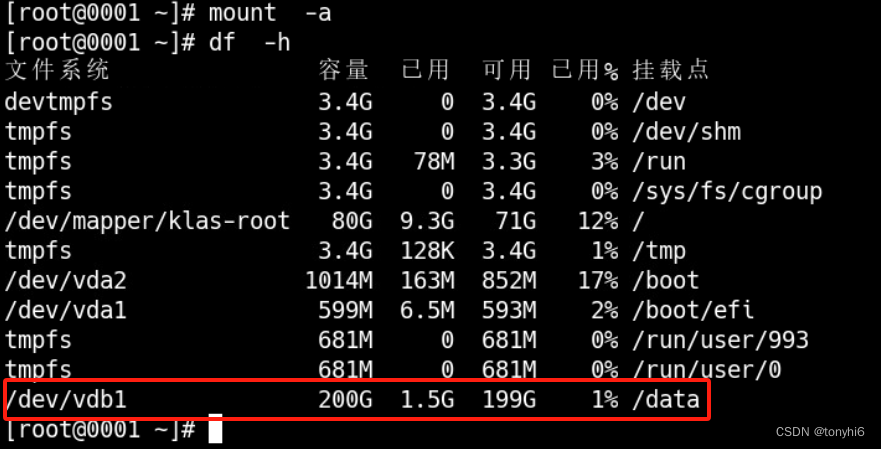#include<iostream>
using namespace std;
//函数模板
template<typename T> //定义一个模板参数列表
//模板类型参数 typename/class
bool compare(T a, T b)
{
cout << "template compare: " << endl;
return a > b;
}
template<>
bool compare(const char* a, const char* b)
{
cout << "compare(char*)";
return strcmp(a, b) > 0;
}
//非模板函数
bool compare(const char* a, const char* b)
{
cout << "normal compare: " << endl;
return strcmp(a, b) > 0;
}
/*函数调用点,编译器用用户指定的类型,从原来的模板实例化一份函数代码出来*/
int main()
{
compare<int>(10, 20);
compare(20, 30); //推导出来是整形 模板实参法推演
//compare(30, 4.5);b报错,找不到
compare<int>(30, 3.4); //这样子可以但是被会警告
//对于某些类型来说,依赖编译器默认实例化的模板代码,代码处理逻辑是有错误的
compare("aaa", "bbb"); //不能a>b来处理
//模板的特例化,不是编译器提供的,而是用户提供的实例化
return 0;
}
//份文件的时候 直接告诉编译器模板指定类型的模板实例化
template bool compare<int>(int, int);
template bool compare<double>(double, double);
#include<iostream>
using namespace std;
template<typename T, const int SIZE>
void sort(T* arr)
{
for (int i = 0; i < SIZE - 1; i++)
{
for (int j = 0; j < SIZE - 1 - i; j++)
{
if (arr[j] > arr[j + 1])
{
int tmp = arr[j];
arr[j] = arr[j + 1];
arr[j + 1] = tmp;
}
}
}
}
//类模板
int main()
{
int arr[] = { 12,2,2,2,2,2 };
const int size = sizeof(arr) / sizeof(arr[0]);
sort<int, size>(arr);
for (int val : arr)
{
cout << val << " ";
}
cout << endl;
}
#include<iostream>
using namespace std;
#include<time.h>
template<typename T> //模板+参数列表 = 类名称
class SeqStack
{
public:
//构造函数和析构函数不要加模板类型参数列表
SeqStack(int size = 10)
:_stack(new T[size]),
_top(0),
_size(size)
{}
~SeqStack()
{
delete[]_stack;
_stack = nullptr;
}
SeqStack<T>(const SeqStack<T>& stack)
:_top(stack._top),
_size(stack._size)
{
_stack = new T[_size];
//不要用memcopy进行拷贝
for (int i = 0; i < _top; i++)
{
_stack[i] = stack._stack[i];
}
}
SeqStack<T>& operator = (const SeqStack<T>& stack)
{
if (this == &stack)return *this;
delete[] _stack;
_top = stack._top;
_size = stack._size;
_stack = new T[_size];
//不要用memcopy进行拷贝
for (int i = 0; i < _top; i++)
{
_stack[i] = stack._stack[i];
}
return *this;
}
void push(const T& val)
{
if (full())expand();
_stack[_top++] = val;
}
void pop()
{
if (empty())
{
return;
}
--_top;
}
T top() const
{
if ((empty()))throw "stack is empty()"; //抛出异常结束
return _stack[_top - 1];
}
bool full()const
{
return _top == _size;
}
bool empty()const
{
return _top == 0;
}
private:
T* _stack;
int _top;
int _size;
//顺序栈底层数
void expand()
{
T* ptmp = new T[_size * 2];
for (int i = 0; i < _top; i++)
{
ptmp[i] = _stack[i];
}
delete[]_stack;
_stack = ptmp;
ptmp = nullptr;
_size *= 2;
}
};
int main()
{
SeqStack<int>stack(4);
for (int i = 0; i < 20; i++)
{
stack.push(rand() % 100);
}
while (!stack.empty())
{
cout << stack.top() << " ";
stack.pop();
}
cout << endl;
SeqStack<int>stack1(2);
stack1.push(1);
stack1.push(2);
stack1.push(3);
stack1.push(4);
stack1.pop();
cout << stack1.top();
return 0;
}
#include<iostream>
using namespace std;
template<class T>
class Vector
{
public:
Vector(int size = 10)
{
_first = new T[size];
_last = _first;
_end = _first + size;
}
~Vector()
{
delete[]_first;
_first = _last = _end = nullptr;
}
Vector(const Vector<T>& rhs)
{
int size = rhs._end - rhs._first;
_first = new T[size]; //空间大小
int len = rhs._last - rhs._first;
for (int i = 0; i < len; i++)
{
_first[i] = rhs._first[i];
}
_last = _first + len;
_end = _first + size;
}
Vector<T>& operator=(const Vector<T>& rhs) //拷贝构造
{
if (this == &rhs)return *this;
delete[] _first;
int size = rhs._end - rhs._first;
int len = rhs._last - rhs._first;
for (int i = 0; i < len; i++)
{
_first[i] = rhs._first[i];
}
_last = _first + len;
_end = _first + size;
return *this;
}
void push_back(const T& val)
{
if (full())
{
expand();
}
*_last = val;
_last++;
}
void pop_back()
{
if (empty())
{
return;
}
--_last;
}
T back()const //返回容器末尾的元素值
{
return *(_last - 1);
}
bool full()const { return _last == _end; }
bool empty()const { return _first == _last; }
int size()const { return _last - _first; }
private:
void expand()
{
int _size = _end - _first;
T* tmp = new T[_size * 2];
for (int i = 0; i < _size; i++)
{
tmp[i] = _first[i];
}
delete[]_first;
_first = tmp;
_last = _first + _size;
_size *= 2;
_end = _first + _size;
}
T* _first; //指向数组的起始的位置
T* _last; //指向数组有效元素的后继位置
T* _end; //指向数组空间的后继位置
};
//容器空间分配器
class Test
{
public:
Test() { cout << "test()" << endl; }
~Test() { cout << "~test()" << endl; }
};
int main()
{/*
Vector<int>vec;
for (int i = 0; i < 20; i++)
{
vec.push_back(rand() % 100);
}
while (!vec.empty())
{
cout << vec.back() << " ";
vec.pop_back();
}
cout << endl;
vec.push_back(10);
cout << vec.back() << endl;
cout << endl;*/
Vector<Test>vec;
return 0;
}
#include<iostream>
using namespace std;
/*
template <class _Ty,
class _Alloc = allocator<_Ty>>
class Vector
容器的空间配置器allocator做四件事情 内存开辟 内存释放 对象构造 对象析构
*/
//定义容器的空间配置器,和c++标准库的allocator实现一样
template<typename T>
class Allocator
{
public:
T* allocate(size_t size) //负责内存开辟
{
return (T*)malloc(sizeof(T) * size);
}
void deallocate(void* p) //负责内存释放
{
free(p);
}
void construct(T* p, const T& val) //负责对象构造
{
new (p) T(val);//定位new
}
void destroy(T* p)//负责对象析构
{
p->~T();//代表了T类型的析构函数
}
};
template<typename T, typename Alloc = Allocator<T>>
class Vector
{
public:
Vector(int size = 10)
{
//需要把内存开辟和对象构造分开处理
//_first = new T[size];
_first = _allocator.allocate(size);
_last = _first;
_end = _first + size;
}
~Vector()
{
//delete[]_first;
//析构有效的元素,然后释放_first指针指向的堆内存
for (T* p = _first; p != _last; p++)
{
_allocator.destroy(p); //把first指针指向的数组的有效元素进行析构操作
}
_allocator.deallocate(_first);//释放堆上的数组内存
_first = _last = _end = nullptr;
}
Vector(const Vector<T>& rhs)
{
int size = rhs._end - rhs._first;
//_first = new T[size]; //空间大小
_first = _allocator.allocate(size);
int len = rhs._last - rhs._first;
for (int i = 0; i < len; i++)
{
//_first[i] = rhs._first[i];
_allocator.construct(_first + i, rhs._first[i]);
}
_last = _first + len;
_end = _first + size;
}
Vector<T>& operator=(const Vector<T>& rhs) //拷贝构造
{
if (this == &rhs)return *this;
//delete[] _first;
for (T* p = _first; p != _last; p++)
{
_allocator.destroy(p); //把first指针指向的数组的有效元素进行析构操作
}
_allocator.deallocate(_first);//释放堆上的数组内存
int size = rhs._end - rhs._first;
int len = rhs._last - rhs._first;
for (int i = 0; i < len; i++)
{
//_first[i] = rhs._first[i];
_allocator.construct(_first + i, rhs._first[i]);
}
_last = _first + len;
_end = _first + size;
return *this;
}
void push_back(const T& val)
{
if (full())
{
expand();
}
//*_last = val;
_allocator.construct(_last, val);
_last++;
}
void pop_back()
{
if (empty())
{
return;
}
//--_last;
--_last;
_allocator.destroy(_last);
}
T back()const //返回容器末尾的元素值
{
return *(_last - 1);
}
bool full()const { return _last == _end; }
bool empty()const { return _first == _last; }
int size()const { return _last - _first; }
private:
void expand()
{
int _size = _end - _first;
//T* tmp = new T[_size * 2];
T* tmp = _allocator.allocate(2 * _size);
for (int i = 0; i < _size; i++)
{
//tmp[i] = _first[i];
_allocator.construct(tmp + i, _first[i]);
}
//delete[]_first;
for (T* p = _first; p != _last; p++)
{
_allocator.destroy(p);
}
_allocator.deallocate(_first);
_first = tmp;
_last = _first + _size;
_end = _first + 2 * _size;
}
T* _first; //指向数组的起始的位置
T* _last; //指向数组有效元素的后继位置
T* _end; //指向数组空间的后继位置
Alloc _allocator;//定义i容器中的空间配置项
};
//容器空间分配器
class Test
{
public:
Test() { cout << "test()" << endl; }
~Test() { cout << "~test()" << endl; }
Test(const Test&) { cout << "Test(const Test&)" << endl; }
};
int main()
{
Test t1, t2, t3;
cout << "----------" << endl;
Vector<Test>vec;
vec.push_back(t1);
vec.push_back(t2);
vec.push_back(t3);
cout << "----------" << endl;
vec.pop_back(); //只需要析构
cout << "----------" << endl;
return 0;
}
